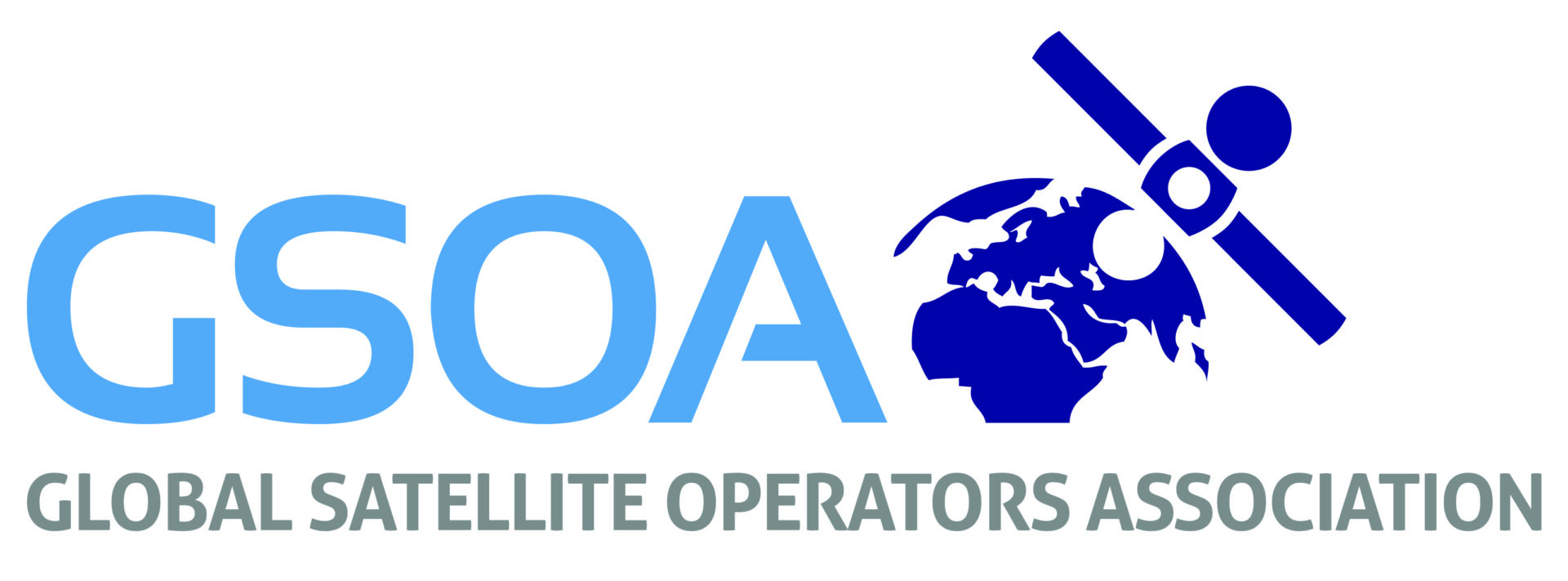Satellite’s Disruptive Evolution | In Orbit, On Earth

In the first of two panel sessions, the focus was be on satellite’s disruptive evolutionary trends on the space segment and ground segment. Featuring David Meltzer as moderator, the panel will comprise Dave Rehbehn, VP International Division, Hughes Network Systems; Simon Gray, SVP Civil Government, Eutelsat; Imran Malik, VP Global Sales Fixed Data, SES; and, Michele Di Paolo, Director of Business Development, SpaceBridge.
The term “disruptive evolution” has an established place in satellite industry dialogues. In-orbit technology is changing, quickly and in a big way. Along with some of the very latest GEO satellites about to achieve near-terabit throughput capacity (and at much reduced cost per Gbps), existing MEO constellations evolving into more powerful systems, and the first spacecraft of the LEO mega-constellations already orbited, the capabilities of the space segment are increasingly matching the bandwidth requirements of an increasingly inter-connected broadband world. Space infrastructure on the ground is also undergoing a game-changing shift. Amongst other trends, teleports are evolving, and antennas/terminals are expected soon to feature a long-awaited cost-effective form-factor and performance departure from the traditional parabolic paradigm.
Questions for this discussion included: How are the capabilities of the space segment increasingly matching the bandwidth requirements of an increasingly inter-connected broadband world? Are the emerging NGSO constellations a competitive threat to existing GEO and MEO, or an evolution of complementary in-orbit capabilities to further extend satellite’s reach into newer markets? What are the principal, pivotally game-changing, characteristics of the evolution in infrastructure in the ground segment, including teleports, which will most impact the space segment? What are the specific space segment innovations that Hughes, Eutelsat, and SES are currently developing and rolling out? What are the key characteristics/factors/features of how the new antenna technologies work that make them such an important advance?
Q & A continued….
The following questions were posed through the chat function during the panel. Thank you to our audience for taking an active part by asking questions, and to our panellists for their time to answer them after the webinar ended…
1. Do you see more ka/Ku band ground stations appearing around the world? What regions around the world are these planned for?
Simon Gray: Ka & Ku as there are global HTS systems using Ku. I would however see VHTS using Ka for consumer systems as it allows for a smaller antenna size for the same power than Ku. It is always difficult to get a client to accept a 1.2m Ku antenna on their house instead of an 80cm Ka.
2. What are the main drawbacks of HTS? What would be the main User’s objection (if at all..) to it?
Simon Gray: Very few drawbacks, as it gives a huge amount of extra power to the link so enables high speeds and availability. Broadcast is obviously not efficient over an HTS better to use a wide-beam.
3. How do you foresee LEO solutions coming to market changing the landscape in terms of adoption rates vs GEO HTS solutions? And where do you see Applications moving from GEO HTS to LEO solutions next 3-5 years?
Simon Gray: GEO VHTS is the most efficient and least expensive for terminal & Mb pricing now but that may change in mid to late 2020s.
Michele Di Paolo: As Simon mentions, GEO VHTS is least expensive for terminals and best solution for deploying widespread high performance broadband services (with affordable end-user consumer costs). SpaceX Starlink is targeting the same market and will, for now, have higher terminal costs but offer lower delay and possibly higher speeds.
Depending on how well it performs and its reliability, I can see many mobile operators migrating to LEO as LEO’s lower delay solve many of the performance issues related to mobile backhaul (a major satellite bandwidth consumer in markets such as Africa/Asia and South America). For instance, Bharti Airtel’s is a significant consumer of GEO HTS over Africa and I can appreciate their investment in OneWeb as a means of shifting those sites off GEO and onto LEO (providing the twin benefit of lower bit/$ costs and building market leading performance for VSAT supported sites). We see end of 2021 as the time when 4G will expand widely over Africa and LEO may be the catalyst in not only bridging the digital divide but in eliminating it.
4. What is the real takeup of Ka for Mobile Backhaul in the African vs Global market?
Simon Gray: This is a dynamic market with a challenging business model but huge potential for satellite backhaul due to the predicted population increase and vast distances.
Michele Di Paolo: SpaceBridge has seen a lot of interest from our MEA customers in deploying Mobile Backhaul over KA. Many of the concerns about Ka have been mitigated by use of ACM on both uplink and downlink resulting in very high availability but variable bandwidth. Nevertheless, high performance with low bit/$ costs make Ka very attractive for mobile backhaul and it will be increasingly looked at to support higher speed 4G deployments to complement or replace existing 2G/3G rollouts on C or Ku bands.
